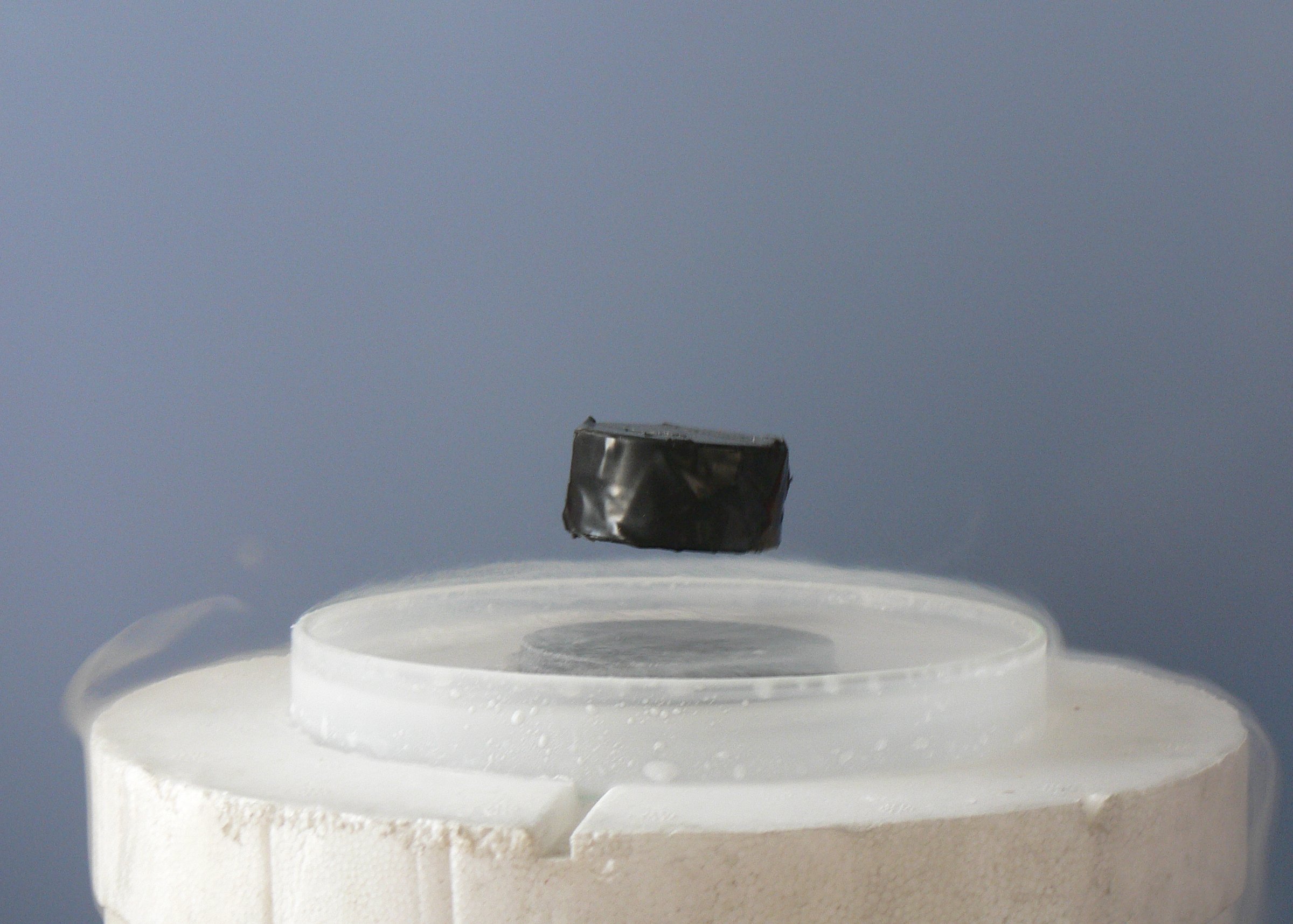
Photo from academic.microsoft.com
We present a comprehensive first-principles electronic structure study of the magnetoelastic and magnetostrictive properties in Co-based ${\mathrm{Co}}_{2}X\mathrm{Al}$ ($X=\mathrm{V}$, Ti, Cr, Mn, Fe) full Heusler compounds. In addition to the commonly… Click to show full abstract
We present a comprehensive first-principles electronic structure study of the magnetoelastic and magnetostrictive properties in Co-based ${\mathrm{Co}}_{2}X\mathrm{Al}$ ($X=\mathrm{V}$, Ti, Cr, Mn, Fe) full Heusler compounds. In addition to the commonly used total energy approach, we employ the torque method to calculate the magnetoelastic tensor elements. We show that the torque-based methods are, in general, computationally more efficient and allow us to unveil the atomic and orbital contributions to the magnetoelastic constants in an exact manner, as opposed to the conventional approaches based on second-order perturbation with respect to the spin-orbit coupling. The magnetostriction constants are in good agreement with available experimental data. The results reveal that the main contribution to the magnetostriction constants, ${\ensuremath{\lambda}}_{100}$ and ${\ensuremath{\lambda}}_{111}$, arises primarily from the strain-induced modulation of the $\ensuremath{\langle}{d}_{{x}^{2}\ensuremath{-}{y}^{2}}|{\stackrel{\ifmmode \hat{}\else \^{}\fi{}}{L}}_{z}|{d}_{xy}\ensuremath{\rangle}$ and $\ensuremath{\langle}{d}_{{z}^{2}}|{\stackrel{\ifmmode \hat{}\else \^{}\fi{}}{L}}_{x}|{d}_{yz}\ensuremath{\rangle}$ spin-orbit coupling matrix elements, respectively, of the Co atoms.
Journal Title: Physical Review B
Year Published: 2020
Link to full text (if available)
Share on Social Media: Sign Up to like & get
recommendations!